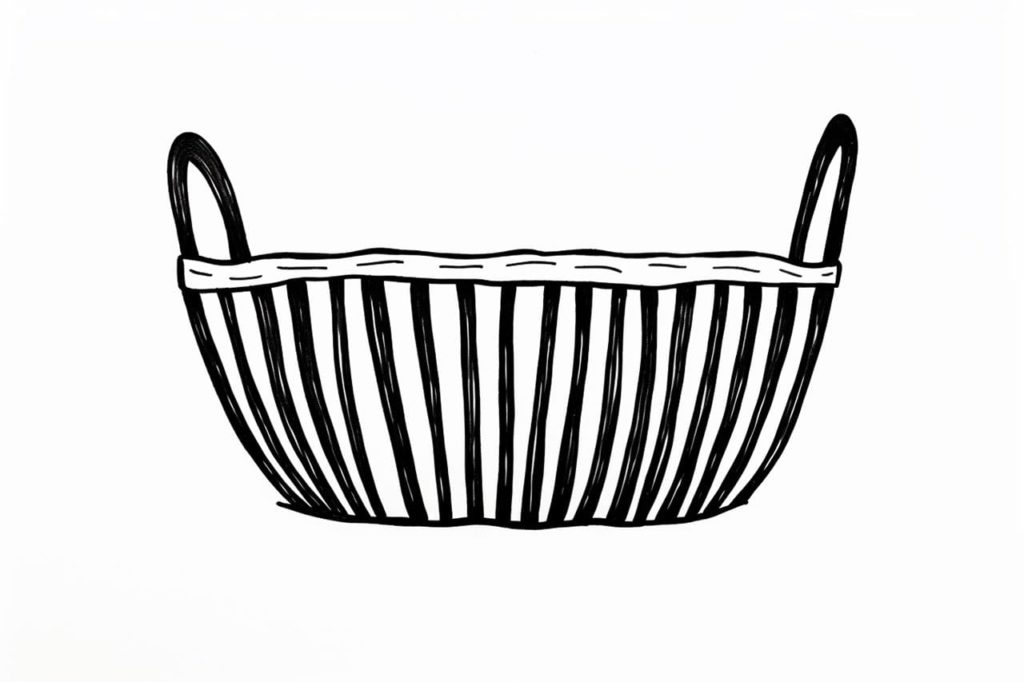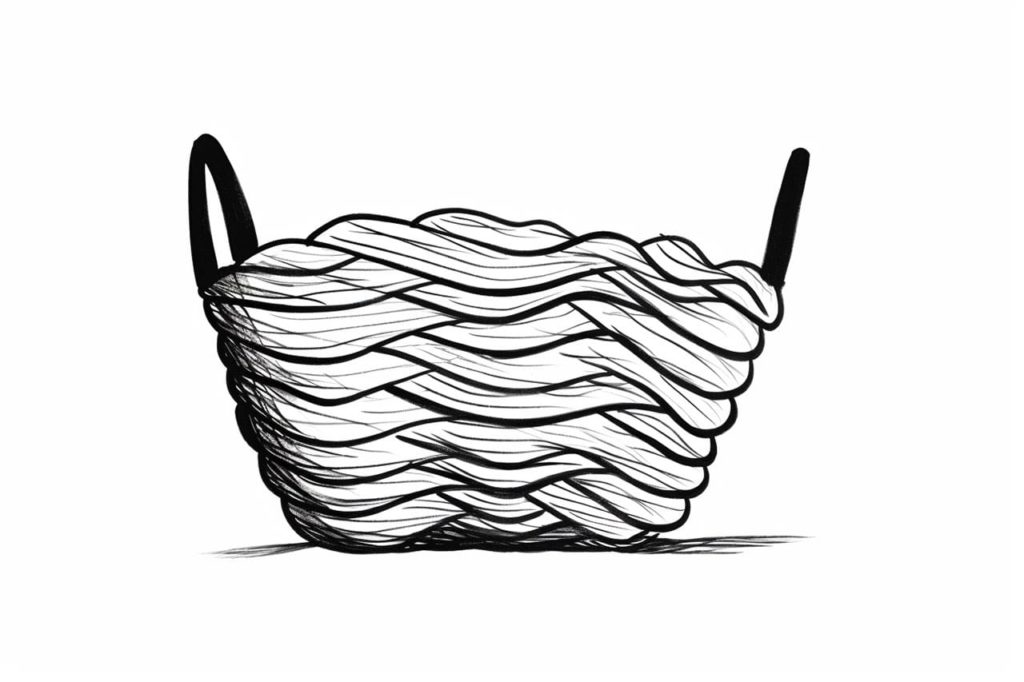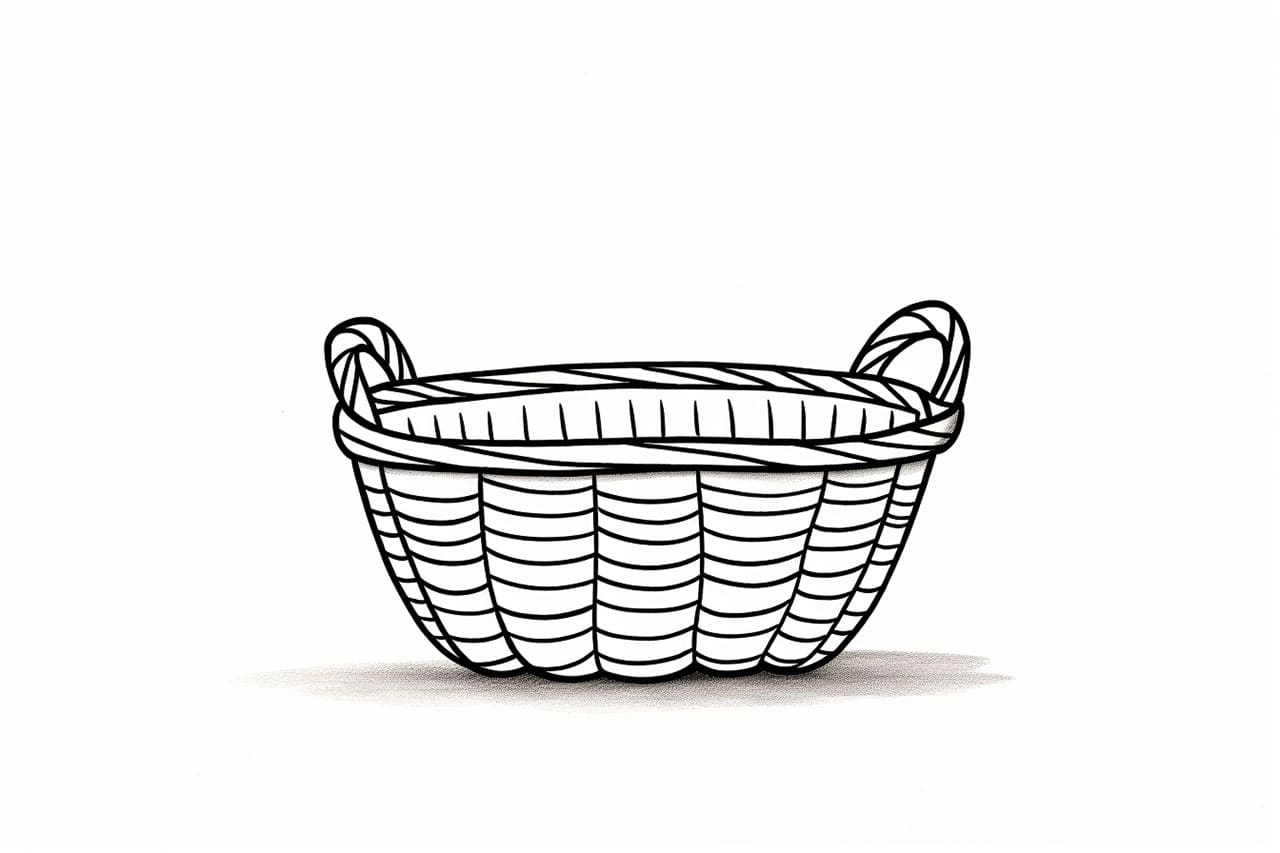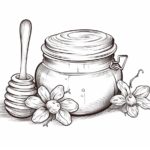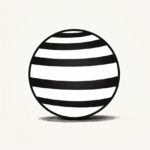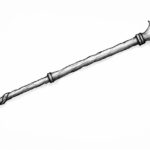Drawing a basket is a great way to practice your artistic skills and add a touch of nature to your artwork. Whether you want to include it in a still life composition or as part of a larger scene, learning how to draw a basket can be a rewarding experience. In this step-by-step guide, I will walk you through the process of drawing a realistic basket, from the initial sketch to the final details. So grab your favorite drawing tools and let’s get started!
Materials Required
Before we begin, make sure you have the following materials ready:
- Drawing paper: Choose a smooth, heavyweight paper that is suitable for your drawing medium. A size of around 9×12 inches should work well for this project.
- Pencil: An HB or 2B pencil is recommended for the initial sketch. You can also use a mechanical pencil if you prefer.
- Eraser: A kneaded eraser or a soft vinyl eraser will come in handy for making corrections and lightening lines.
- Fine-tip markers or pens: These will be used for adding details and defining the edges of the basket. Choose a pen with a nib size that suits your preference.
- Colored pencils or markers (optional): If you want to add color to your basket, have some colored pencils or markers on hand.
Now that you have all your materials ready, let’s move on to the step-by-step instructions.
Step 1: Sketch the Basic Shape of the Basket
Start by lightly sketching the outline of the basket using your pencil. You can use simple geometric shapes like circles and ovals to guide you. Don’t worry about adding too much detail at this stage, as we will refine the shape later on. Focus on getting the proportions and overall shape right. Once you are happy with your initial sketch, you can darken the lines.
Step 2: Add the Weave Pattern
Baskets are often made of woven material, so it’s important to capture this texture in your drawing. Begin by drawing a series of horizontal lines across the basket, spaced evenly apart. These lines will serve as guides for the weave pattern.
Next, draw vertical lines across the basket, starting from one side and crossing over the horizontal lines. Continue this pattern until you reach the other side of the basket. Make sure the vertical lines intersect the horizontal lines at regular intervals to create a realistic weave pattern.
Step 3: Refine the Shape and Proportions
Now it’s time to refine the shape of the basket. Take a closer look at the reference image or object you are drawing and make any necessary adjustments to the outline. Pay attention to the curves and angles of the basket, and use light, curved lines to define its shape. Erase any unnecessary lines from the initial sketch as you go along.
Step 4: Add Shadows and Highlights
To give the basket a three-dimensional appearance, we need to add some shading. First, determine the direction of the light source in your drawing. This will help you decide where the shadows and highlights should be placed.
Using a light touch, shade the areas of the basket that are facing away from the light source. These areas will be darker. Gradually build up the shading by adding more layers of pencil or using a darker pencil. Remember to blend the shading using a blending stump or your finger to create a smooth transition between the light and shadow areas.
To add highlights, use an eraser to carefully remove some of the graphite from the areas that are directly hit by the light source. This will create the illusion of light reflecting off the surface of the basket.
Step 5: Define the Edges and Details
To make the basket appear more realistic, we need to define its edges and add some details. Using a fine-tip marker or pen, go over the main outline of the basket to make it bolder and more defined. Pay attention to areas where the weave pattern overlaps or curves, and add some extra lines or shading to indicate these details.
Next, add some texture by using short, curved lines to suggest the individual strands of the woven material. Vary the length and direction of these lines to create a more realistic effect.
Step 6: Optional – Add Color
If you want to add some color to your basket, now is the time to do so. Use colored pencils or markers to carefully add shading and highlights, following the same principles as in Step 4. Start with a light layer of color and gradually build up the intensity by adding more layers. Blend the colors using a blending stump or your finger to create a smooth and natural look.
Congratulations, you have successfully drawn a realistic basket! Remember, practice makes perfect, so don’t get discouraged if your first attempt doesn’t turn out exactly as you imagined. Keep experimenting with different techniques and materials to further enhance your drawing skills.
Conclusion
Drawing a basket is a wonderful exercise that allows you to explore different textures and shapes. By following these step-by-step instructions and using your creativity, you can create a realistic and visually appealing artwork. Remember to start with a basic sketch, add the weave pattern, refine the shape, and add shading and details. You can also add color if you wish to bring your basket to life. With practice and patience, you will be able to draw beautiful baskets in no time.
So grab your drawing tools and start practicing your basket-drawing skills today!
Gallery of Basket Drawings
